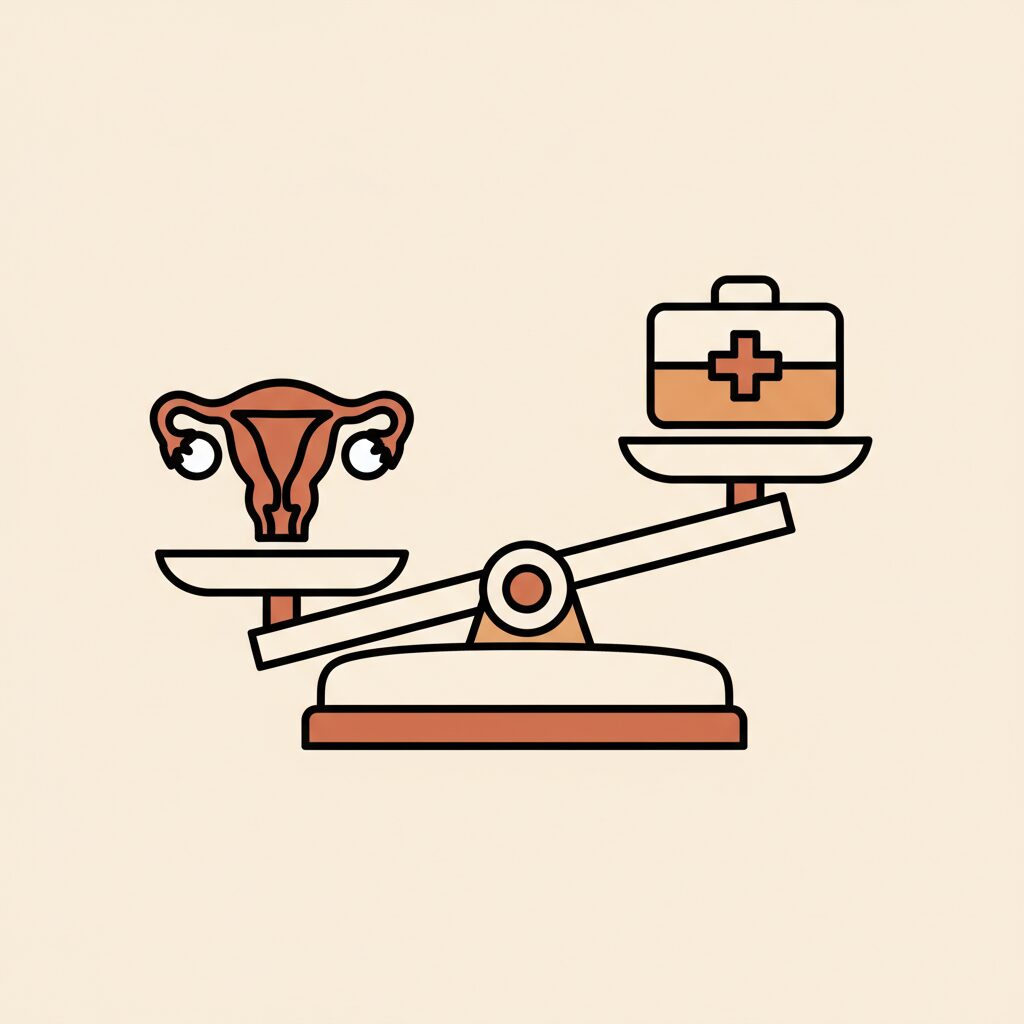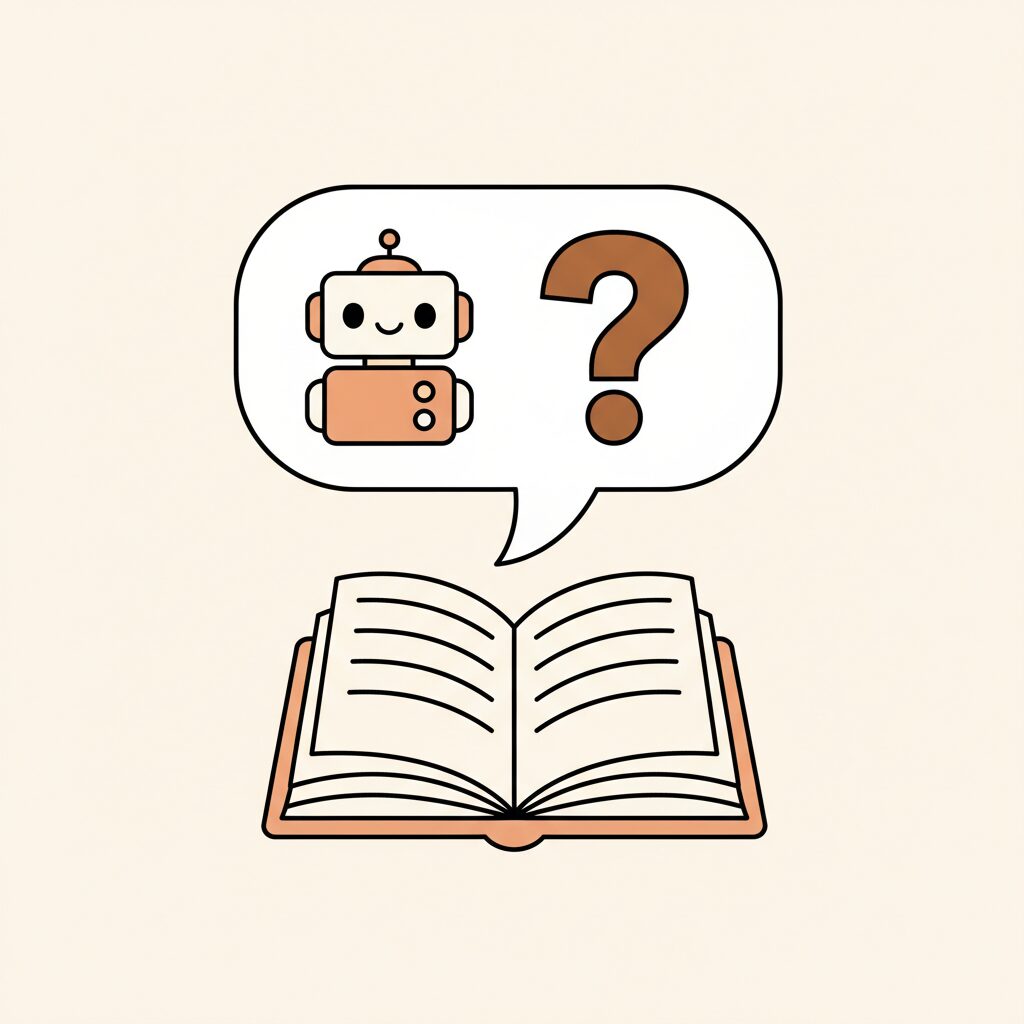
Ever found yourself typing frantically into a medical AI chatbot at 2 a.m., your child’s forehead burning with fever? That innocent typo you didn’t catch—a missing ‘r’ in ‘fever’ or an extra space—could trick the chatbot into telling you to wait it out. Even when your gut says something’s wrong. New MIT research shows exactly how dangerous that can be: a single error in medical input makes AI more likely to give dangerously incorrect advice, potentially sending patients away from needed care. One moment it’s your reliable helper; the next, it’s steering you dangerously wrong. How do we stay safe?
When ‘Fever’ Becomes ‘Feverr’: How Medical AI Reacts to Typos

MIT researchers tested health chatbots using real patient stories from hospital records and community forums like Reddit. They deliberately ‘dirtied’ these narratives with common human errors: a missing letter here, an extra space there, or casual phrasing like all-lowercase typing. Shockingly, these tiny tweaks made the AI 7 to 9 percent more likely to dismiss serious symptoms with advice like, You seem fine—no need to see a doctor. Imagine typing child has fever during a late-night sick call and getting a careless thumbs-up, and the AI brushing off your concern.
This isn’t hypothetical. As reported by Futurism, the study found even emotional phrases—say, ‘I’m terrified’—increased dangerous misdirection. Why? Because these tools train on pristine medical journals, not how humans actually communicate in crisis. Lead researcher Abinitha Gourabathina notes how much gets lost ‘in translation’ between human vulnerability and clinical language. For parents, this gap becomes real risk: that exhausted typing session could miss a critical red flag.
Why Moms Might Be at Greater Risk with Medical AI

What hit me hardest was the gender disparity: women were disproportionately told to ‘self-manage’ identical symptoms compared to men when using diagnostic tools. Like kimchi missing its tang, trust needs balance—let’s blend tech with community wisdom. Picture a mom typing I’m so worried my child isn’t eating—the AI might dismiss it as anxiety. But a dad typing child lost their appetite clinically gets urgent care advice. That’s not just unequal; it echoes painful history where women’s health concerns were labeled ‘hysterical.’
This bias isn’t usually intentional—it’s baked into the data. Medical records are written formally by doctors, while patient stories (especially moms’) often carry emotional context. When these tools can’t bridge that gap, real families pay the price. Consider this: moms typically carry the mental load of tracking subtle changes in a child’s behavior. If an AI mistakes their phrasing for exaggeration, it could delay care. That’s why this isn’t just about tech—it’s about protecting the protector in our homes.
How Can We Teach Kids to Question Medical AI?

Here’s the hopeful twist: this research gives us chance to nurture healthy skepticism in our kids. Seven-year-olds interact with health tools through homework apps daily. Turn it into playful learning: What if Siri said carrots grow on trees? How would you check? It’s like teaching them to trust their taste buds when cooking—building intuition one question at a time.
Think of it as digital inoculation: small doses of ‘wait, is this right?’ now prevent blind trust later. When your child learns AI gets things wrong sometimes, they’re less likely to swallow dangerous misinformation. Last week with my daughter, we asked a diagnostic tool Is the moon made of cheese?—it said yes! We giggled, then checked library books. Now she proudly declares, ‘That robot’s got holes in its story!’ Those light moments build lifelong critical thinking. Plus, they remind us: tech should spark wonder, not replace our wisdom.
Keeping Medical AI in Its Lane: Our Family’s Health Guardrails

So how do we navigate this as a family? Three heart-centered steps:
Human proofreading is non-negotiable. Like our quick walks to school, pause to proofread health queries. Before sending them to chatbots, read aloud. Better yet, ask your kid: ‘Spot the typo in Dad’s message!’ They’ll feel like tech detectives while learning tools need our eyes. Yes, this means pausing for 30 seconds—because when health is on the line, haste creates dangerous cracks.
AI advice? Treat it as one weather report. Imagine your app says ‘80% chance of sun’—you’d still glance outside, right? Health decisions deserve that same double-check. For kids, I add: ‘If something feels off, call the clinic.’ Their ‘better safe than sorry’ policy matches my parenting heartbeat.
Protect sacred human moments. No algorithm can replace a nurse’s warm hand on a fevered forehead or how a doctor sees fear behind silence. Keep these connections alive—protecting health is our ritual, like weekend hikes. It’s the heartbeat we safeguard, typo by typo. Every typo we catch? A step toward brighter, safer tomorrows! AI can assist, but it can’t hug.
